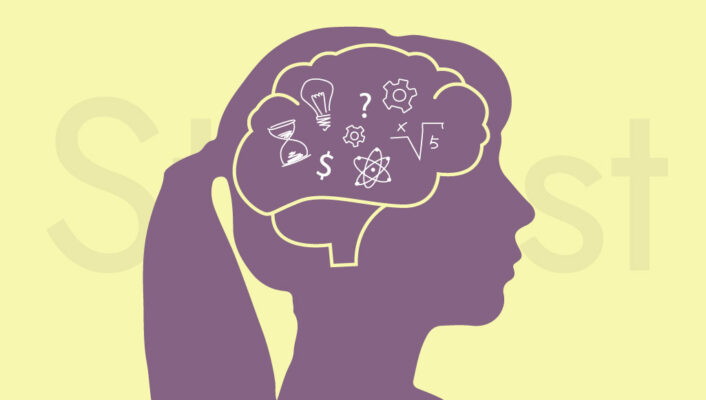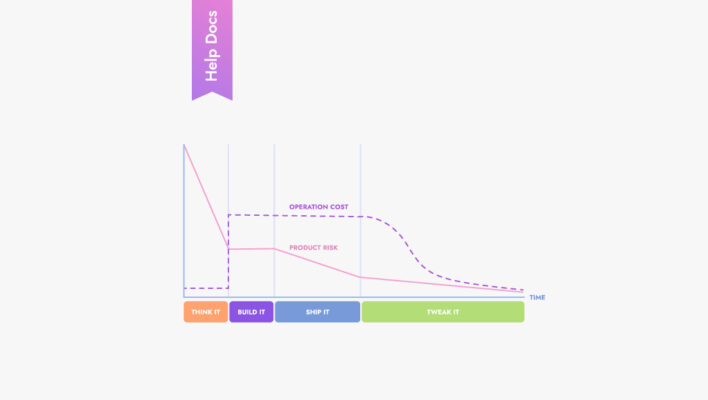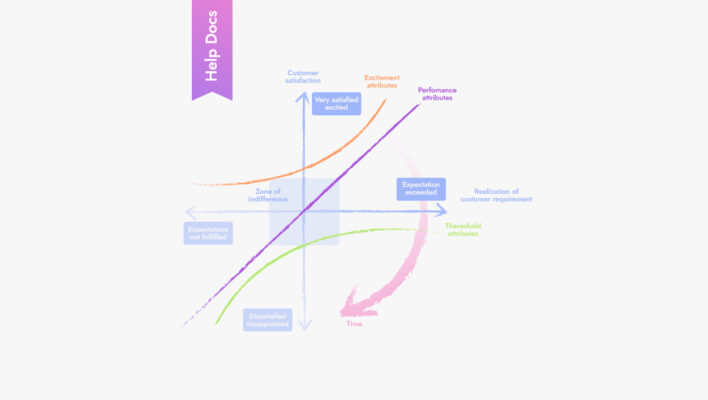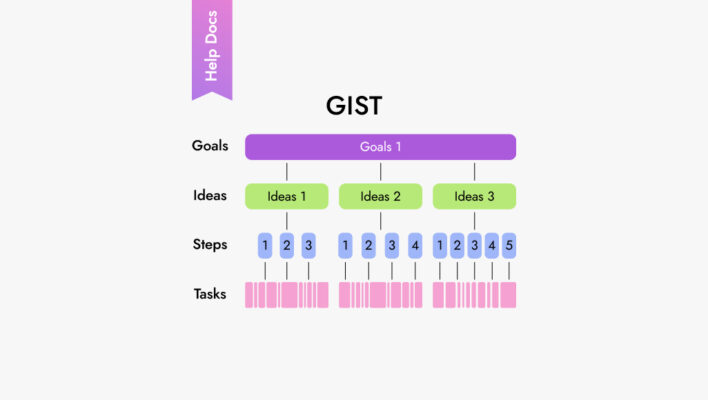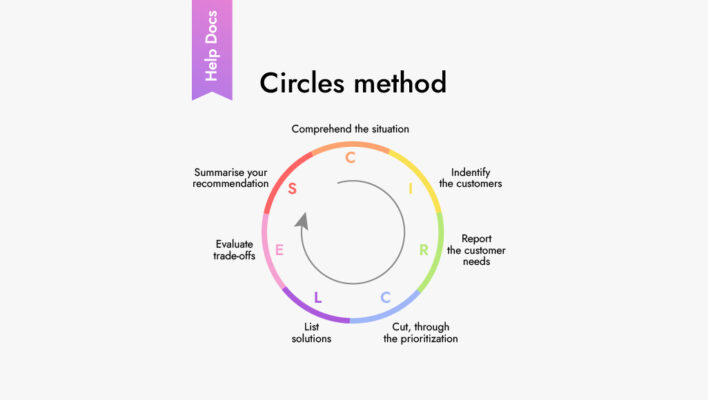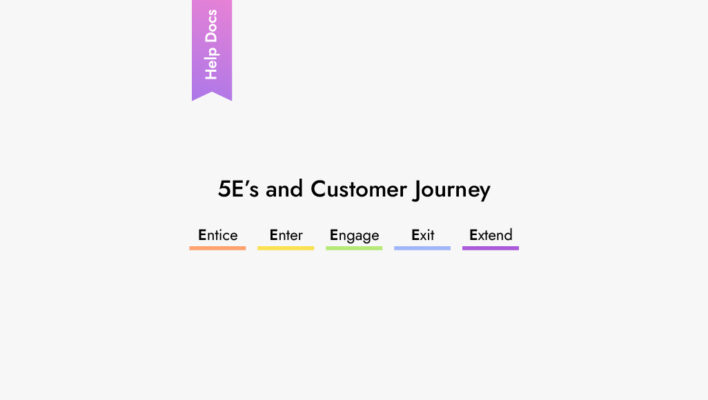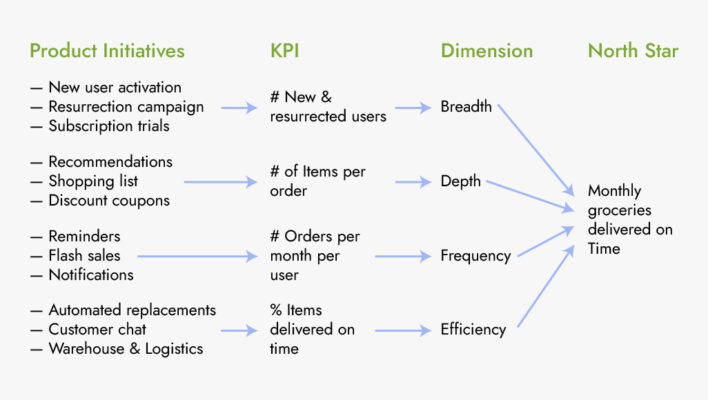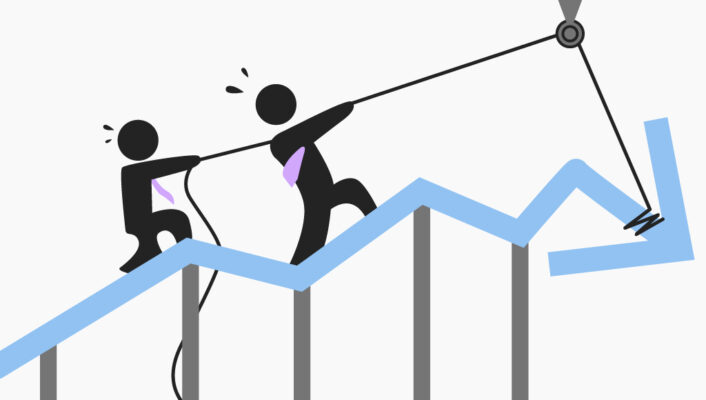How the Double Diamond framework helps startups to solve problems
Double Diamond (2D) is a framework that helps companies find innovative ideas using design thinking methods.
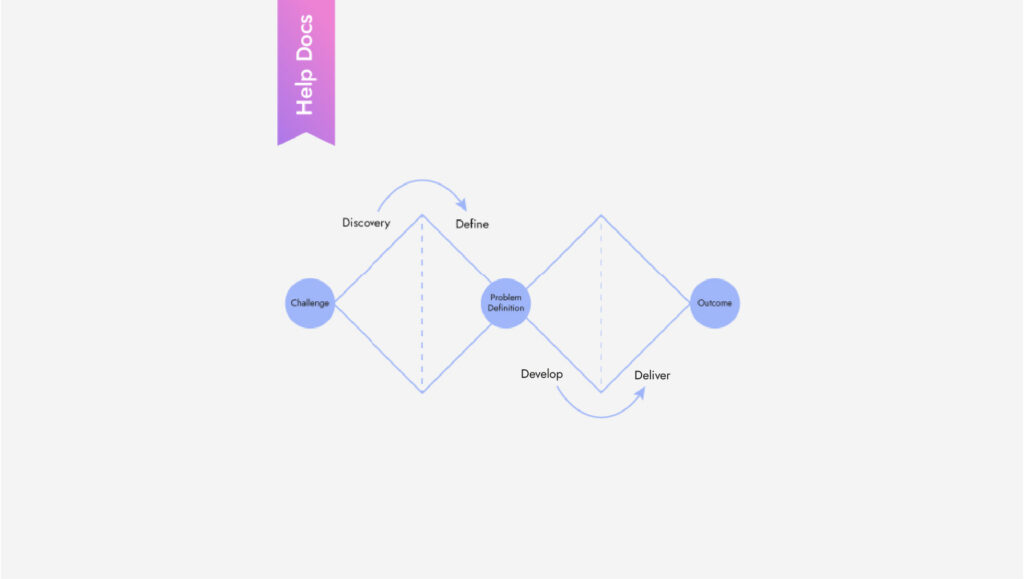
The Double Diamond is a process model created in 2005 by the British Design Council. Its structure looks simple, two squares at an angle.
2D got its name because of its shape. That’s because when working on an idea, we use two types of thinking: convergent and divergent.
Convergent — narrow, invariable, involves action according to the instructions.
Divergent — broad, variable, implies research interest and creativity.
These types of thinking may replace each other, narrowing and/or expanding the number of options. Therefore is the reference to the shape of the diamond.
Convergent stages:
Discover
Develop
Divergent stages:
Define
Deliver
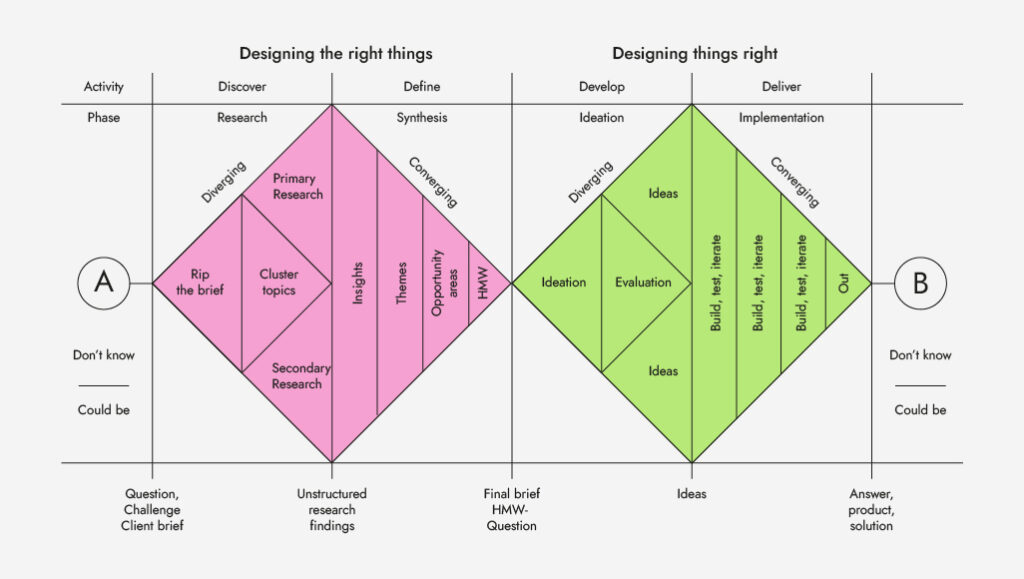
Where is it useful
This framework is widely used in product development. For example, when developing a new service or application for a group of users. It also helps to solve the problems of an existing product, assisting in eliminating flaws that affect the quality of the user experience.
How to use it
Discover
The purpose of this stage is to study and collect information about the task of the product. The «discover» step is divergent, which means that all ideas and information are considered and taken into account. At this stage, uncertainty is appreciated, since the team does not have a clear idea of the problem, which resembles Lean-Agile methodology. Creative support is applied based on the tools used to carry out this stage.
Tools: mind-maps, multi-perspective problem statement (MPPF is a tool that allows designers to see different points of view on the same problem), brainstorming and reverse brainstorming, desk research, off–site research (interviews, focus groups and observations) and journey mapping.
Define
This step allows you to narrow down the range of ideas to a clear definition of the problem. This is what will lead the team to the next stages of prototyping and testing. This stage includes the analysis of hypotheses and prioritization of ideas to form a practical and clear task.
Tools: root cause analysis, 5 whys, user history, affinity diagrams.
Develop
At this step, the team creates prototypes of the solution and tests them on users. At the same time, it is worth relying on the analysis of the target audience and how it interacts with your service or product.
Tools: minimum viable product (MVP), rapid prototyping, A\B testing, storytelling and journey mapping.
Deliver
At this stage, the most successful hypothesis turns into the final product. As soon as it is implemented, the team begins to collect user feedback and conduct expert evaluation. These comments and feedback are used to improve future versions of the product.
Tools: surveys, thoughts out loud and shadowing.
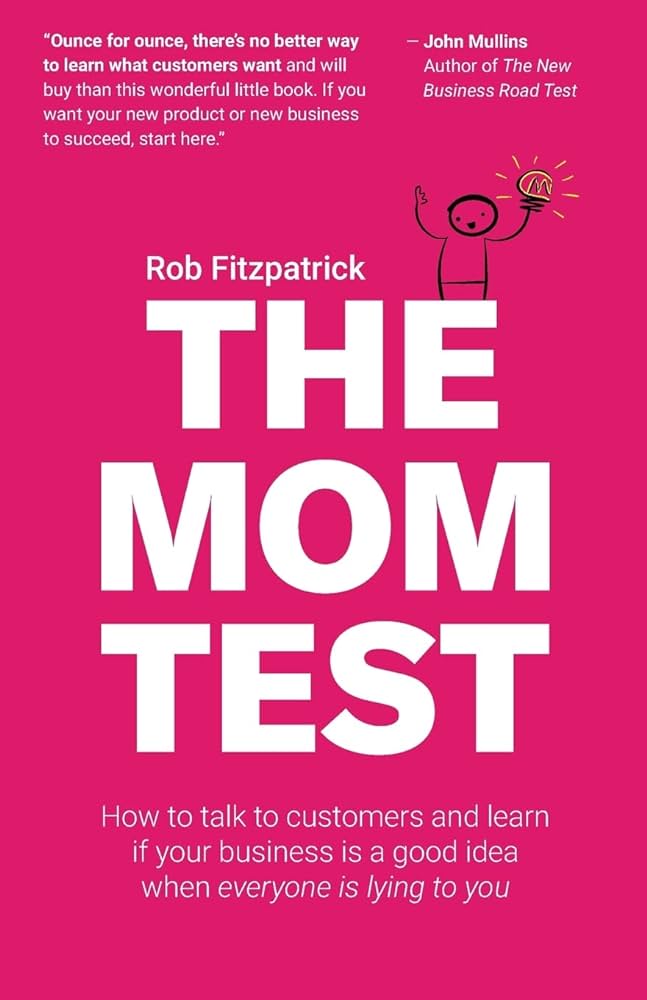
Example
Let’s say your business is a food delivery service. You have a mobile application for online ordering, which presents a range of products. The service promises that the courier will deliver the food in 10-15 minutes. It seems that everything is fine, but sales are declining and customers are leaving.
The primary problem is the outflow of users to competitors. During the «Discover» stage we need to find out why this happened. Since they registered in the application by mail and phone number, you can send them a survey or make a call and find out what they were not satisfied with.
For example, it turned out that the application stopped recording the delivery address. During the «Define» stage you realize the courier does not receive information about the house number, apartment, intercom code, etc. He has to call the client to find out all this, and he has to break away from business and remotely control the route. As a result, it is inconvenient for everyone, and a ten-minute delivery turns into a half-hour one.
This problem is solvable. At the «Develop» stage, the tester can determine at what point a failure occurs. Then, developers will test solutions to find the best one out of them so that the user’s request — to enter and save the address — gets into the database first, and from there into the courier’s working application.
After activating the solution, the team at the «Deliver» stage will analyze feedback from users and fix bugs and defects. In the end, everything will work as intended, and everyone will be happy.
Takeaway
The Double Diamond framework helps quickly detect an area that requires improvement and set up the work. To learn more about useful tools for startups, read the Storist blog.
